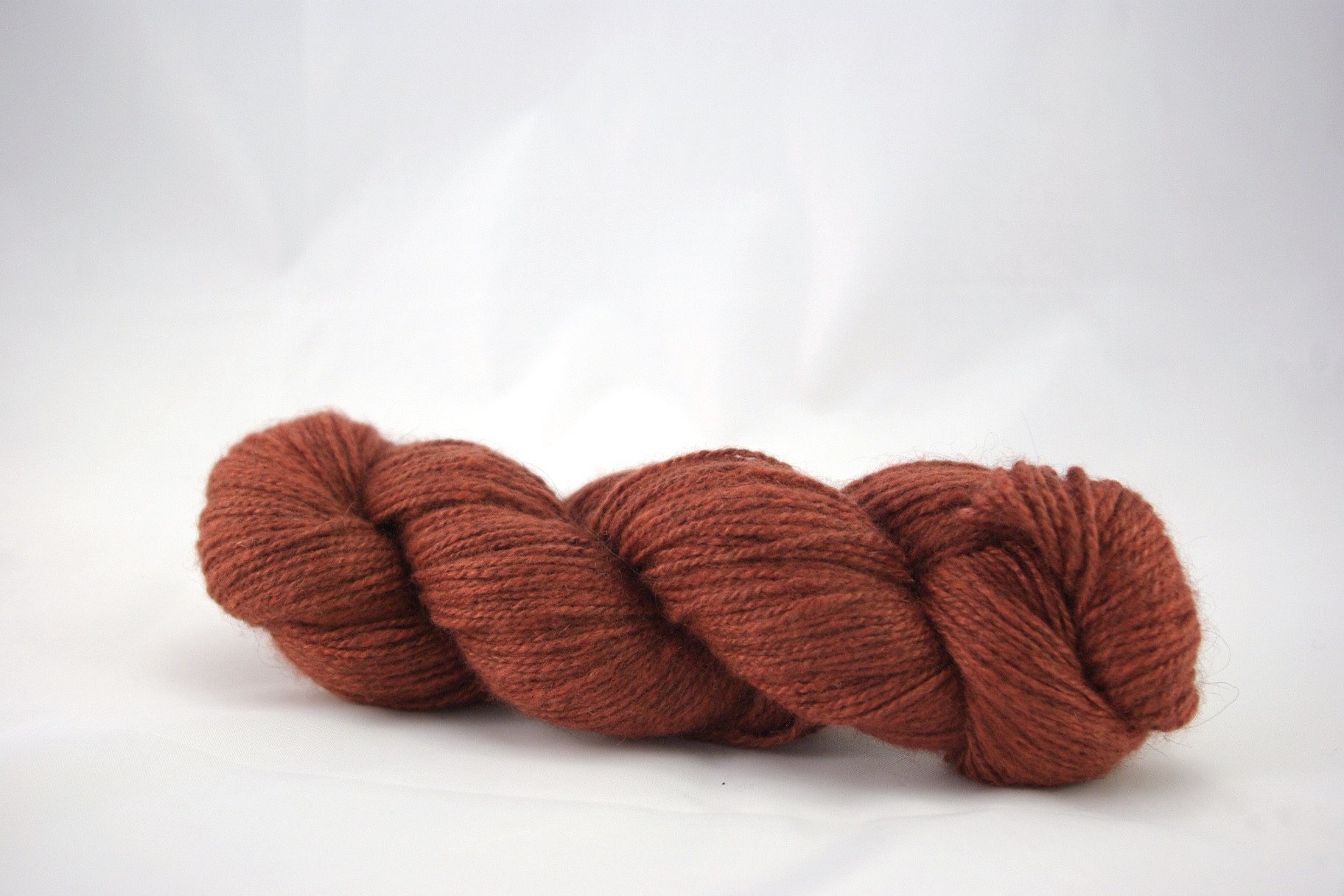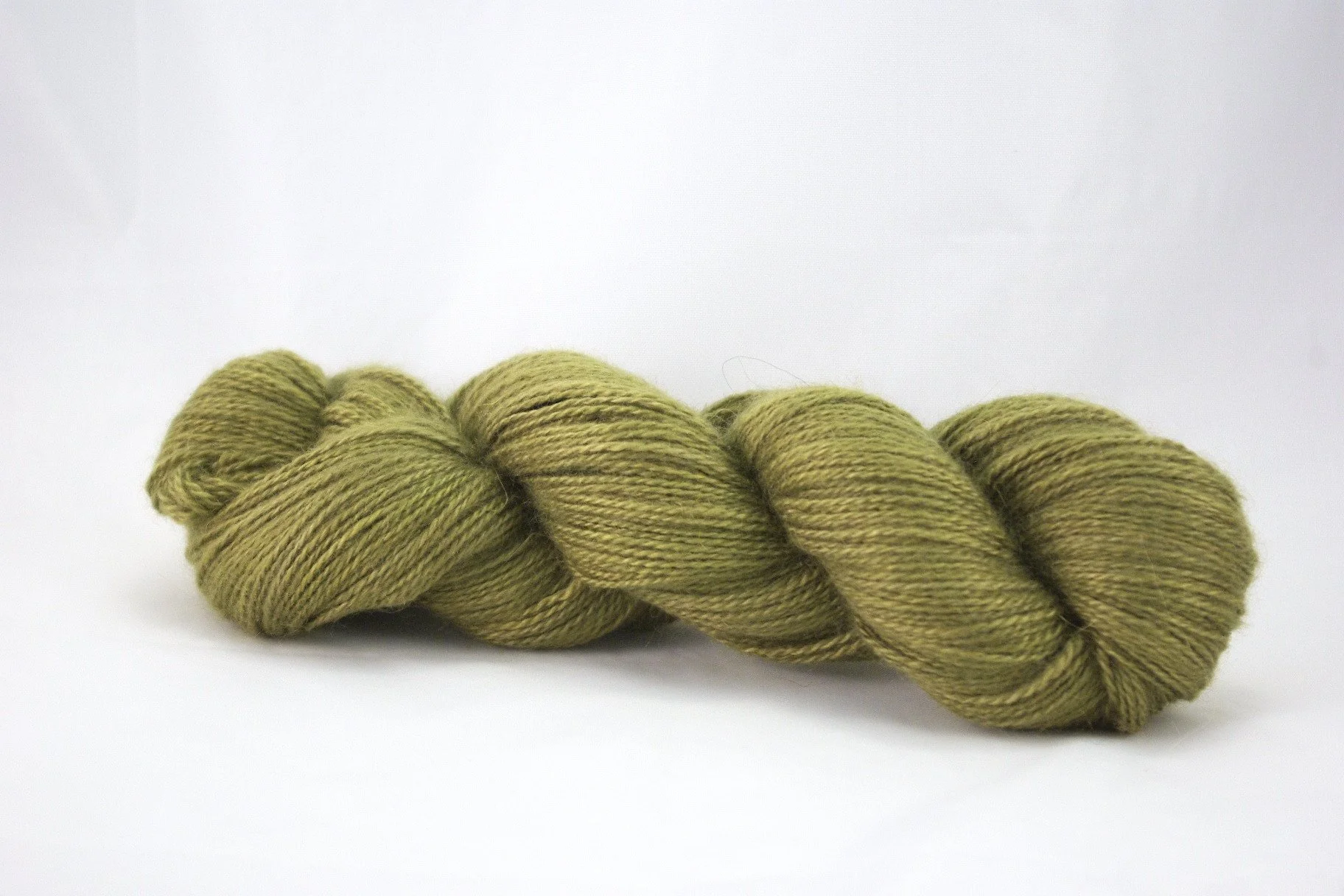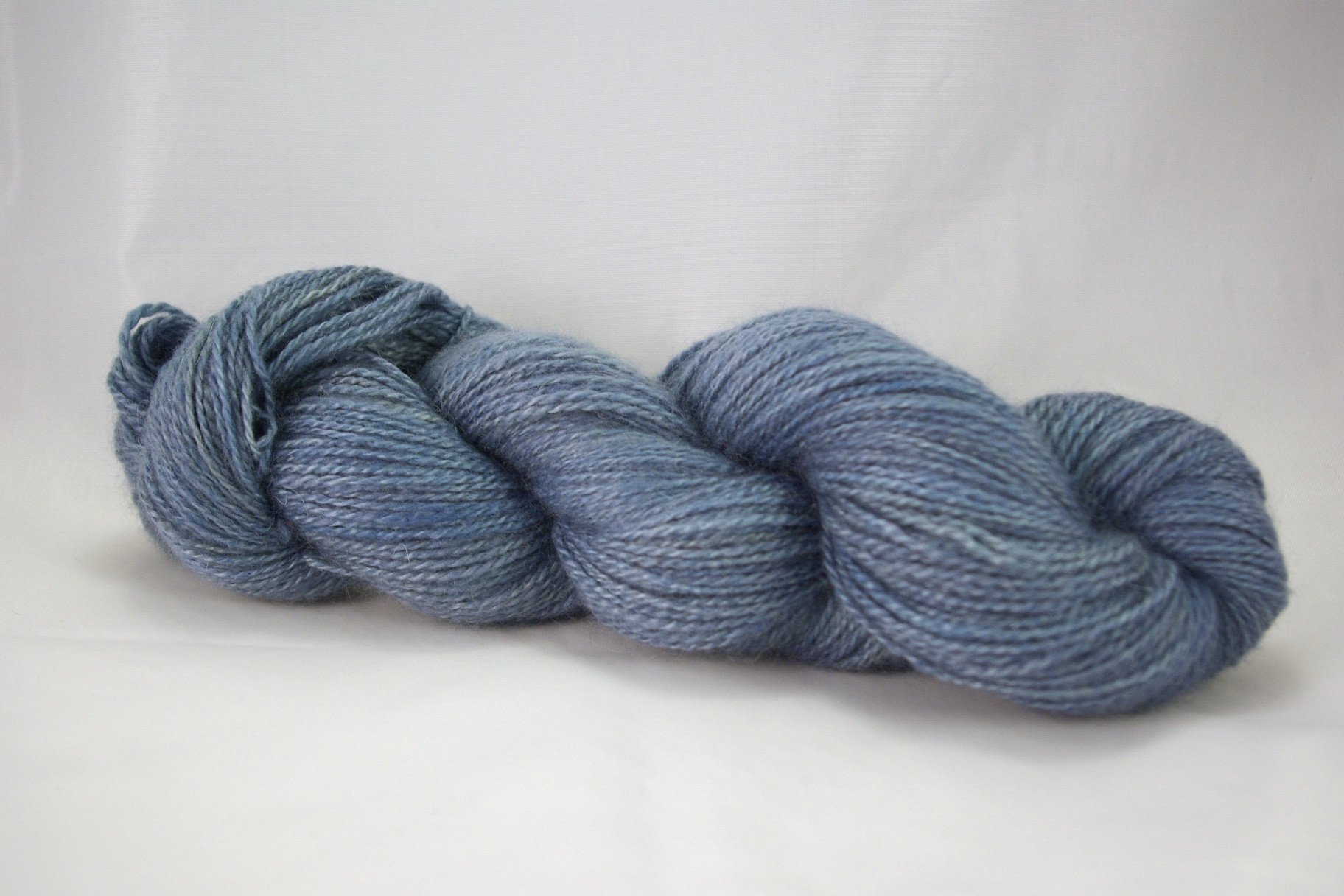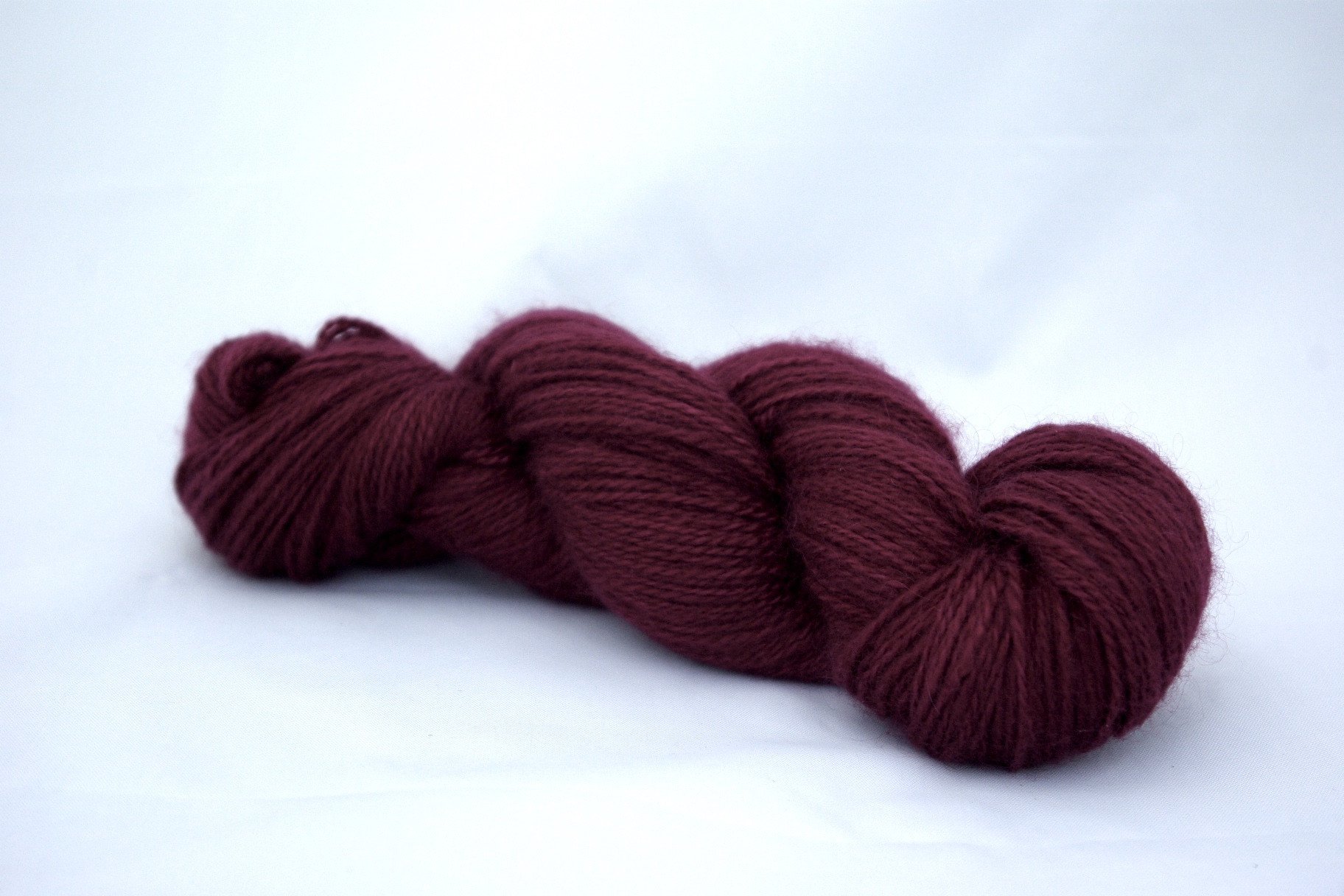The cashgora yarn is made from 100% cashgora fiber
The cashgora fiber is harvested from goats produced by villagers in the Pamir Mountains of Eastern Tajikistan. Cashgora goats were developed by crossbreeding Russian fiber goats and local cashmere-type goats. They produce a slightly coarser and longer fiber compared to cashmere (approximately 17-21 micron). Cashgora is a renewable resource – it protects the goat during winter but is no longer needed in the spring. Women comb their goats in April and sell the fiber. The average yield is approximately 400 grams or 14 ounces of combed fiber per goat. (For comparison, an average Merino sheep produces around 4-5 kg of wool). Prior to our project, all cashgora fiber produced in the Tajik Pamirs was sold to China. Now a portion of it is purchased by the spinning groups for better prices, benefiting the local producers. The fiber is then sent for dehairing to Herat, Afghanistan. During the dehairing process, the coarse guard hair is separated from the fine down. Clean cashgora comes out of the dehairing machine as a featherweight cloud. It is shipped back to Tajikistan and spun into luxurious yarn by local spinners. They also dye the yarn using American-made dyes and ship it to PortFiber in the United States.
The cashmere yarn is made from 100% Afghan cashmere
The cashmere yarn is spun by Afghan women using fiber from local cashmere goats. The spinners purchase the fiber from the dehairing factory in Herat, Afghanistan. They send the finished yarn to Tajikistan where it is dyed and shipped to Portfiber together with the Tajik cashgora yarn.


























